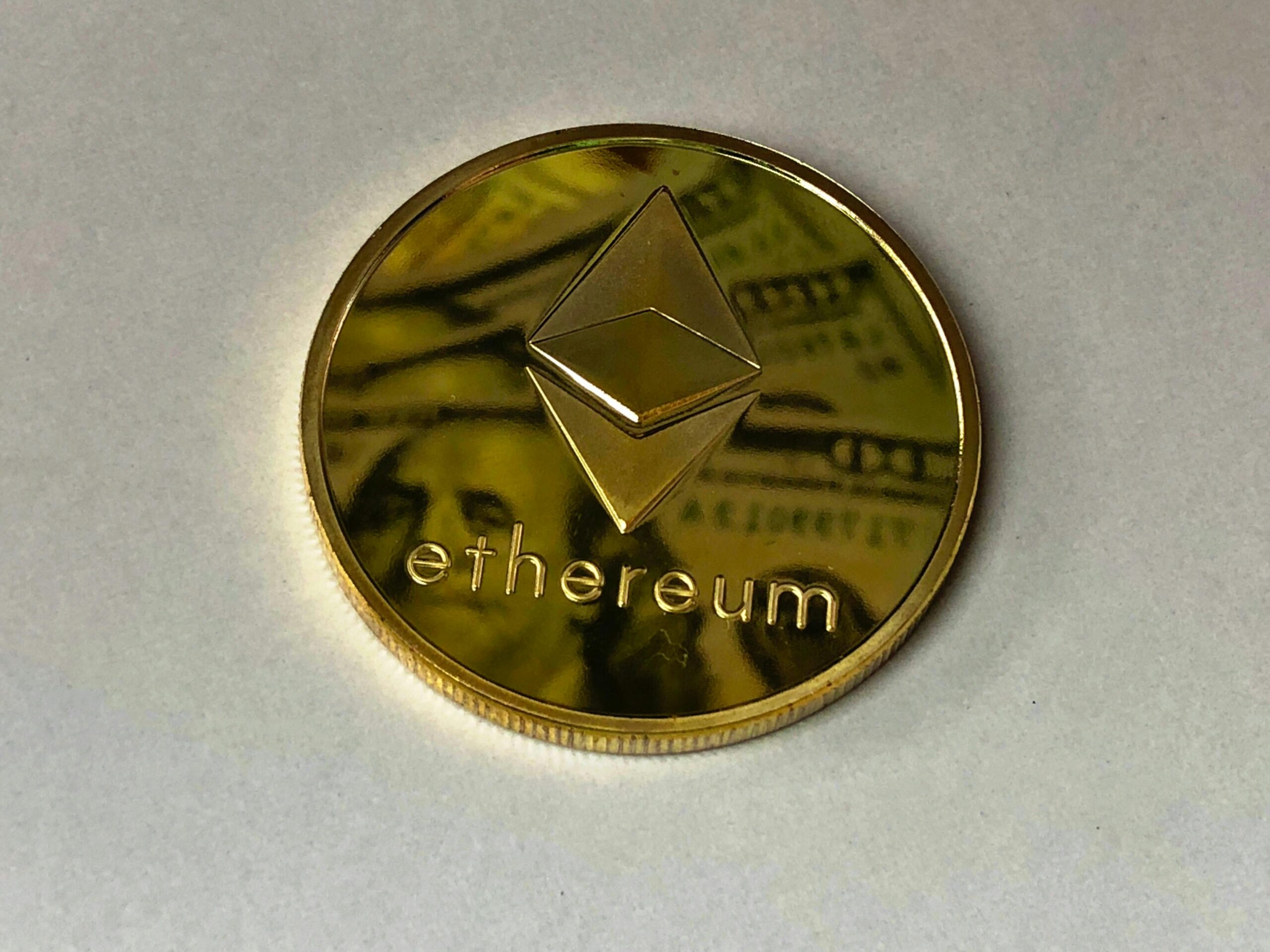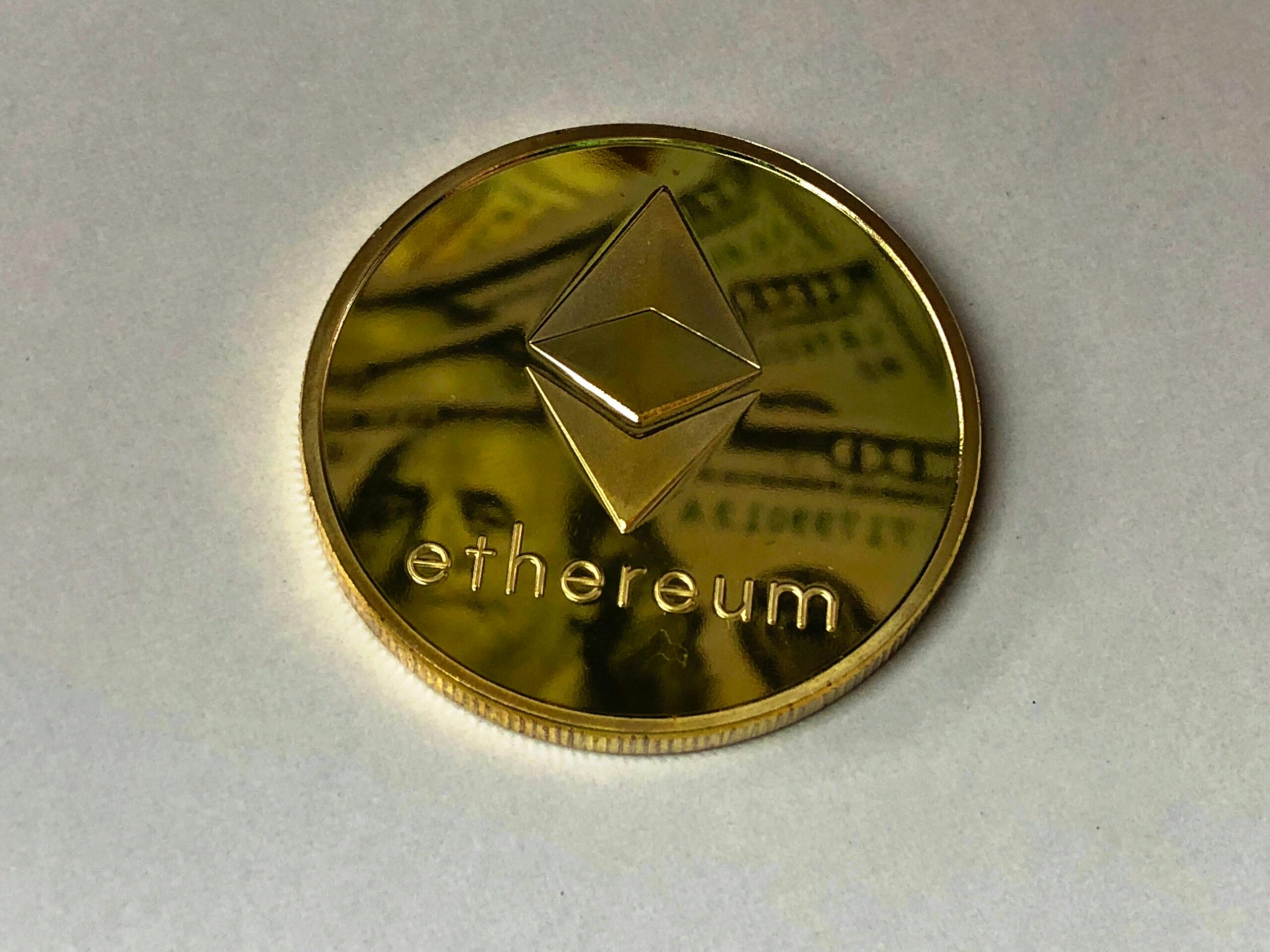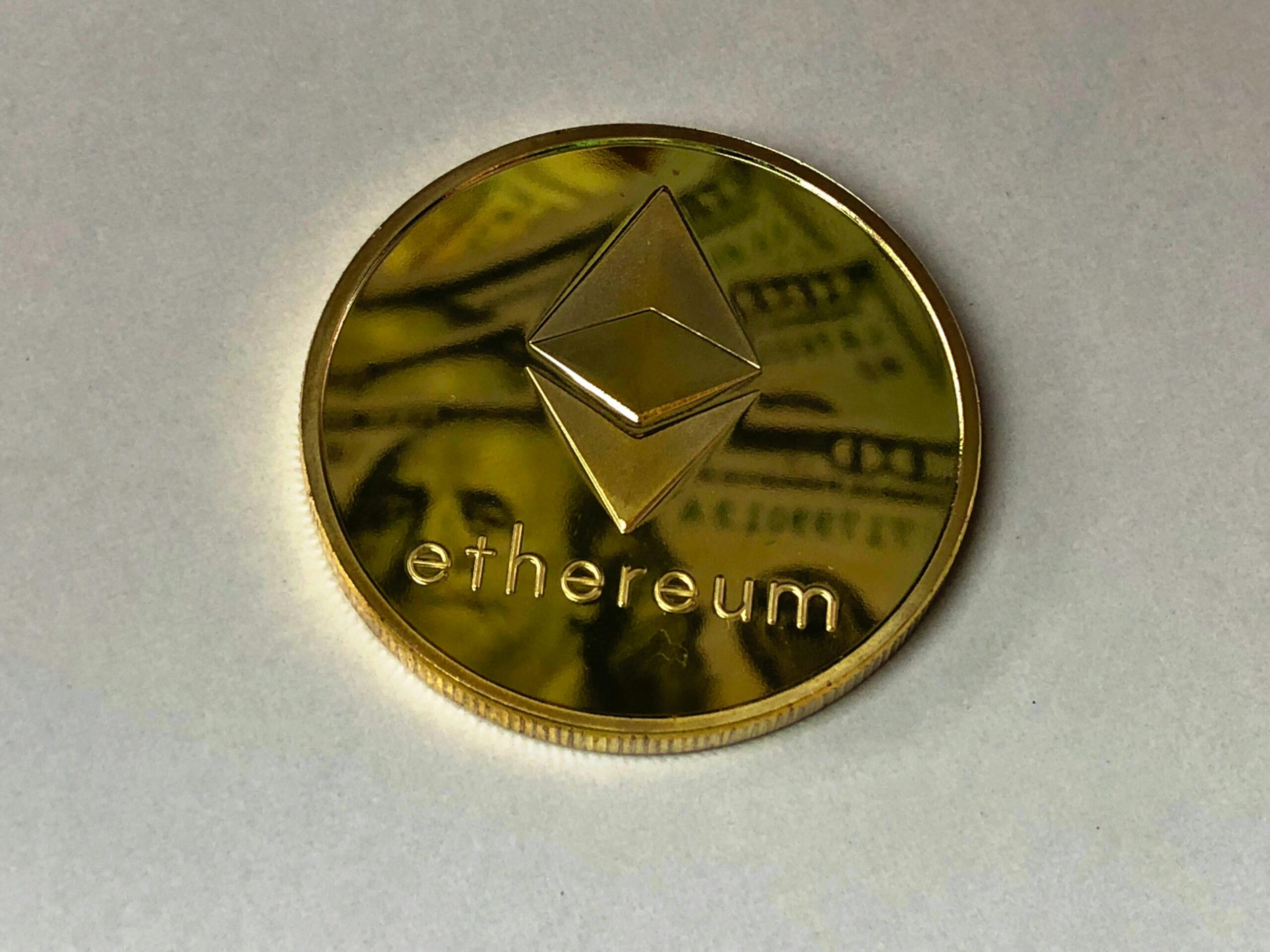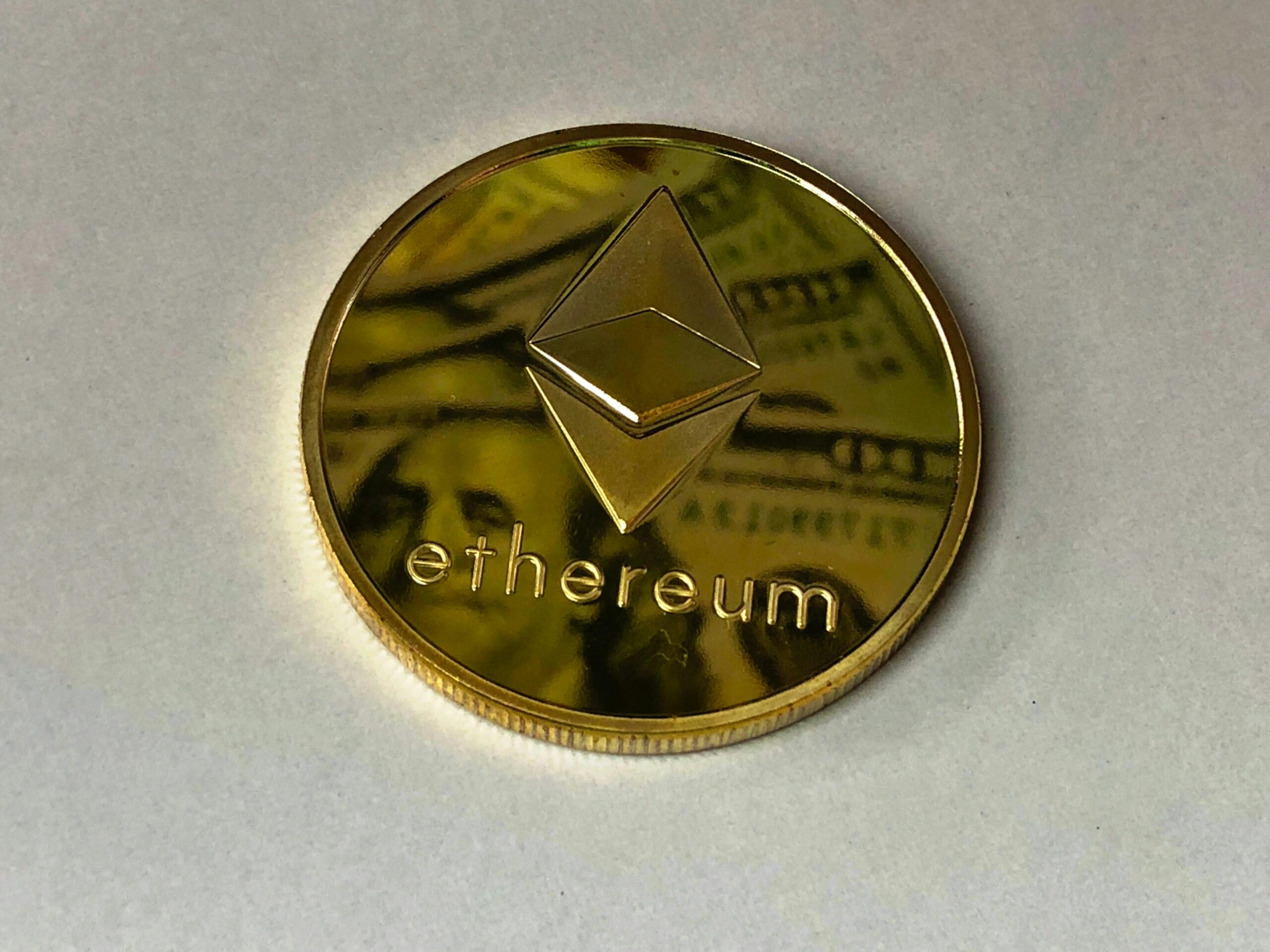
So you want to know how gas fees are determined in blockchain transactions? Well, let me tell you – it’s a fascinating topic that can be a bit complex, but I’m here to break it down for you in simple terms.
First off, gas fees are a crucial component of the Ethereum network, which is one of the largest and most widely-used blockchain platforms out there. Essentially, gas fees are small payments made by users to validate transactions on the network. Think of them like tolls on a highway – just as how you’d pay to use a highway, you’re paying to use the Ethereum network.
Now, here’s where it gets interesting: these gas fees aren’t fixed rates. Instead, they fluctuate based on supply and demand. The amount of ‘gas’ required for each transaction is determined by the type of transaction being made, as well as the computational power needed to execute that transaction. For instance, simple transactions like sending Ether (Ethereum’s native cryptocurrency) from one address to another require relatively little gas. However, more complex transactions – such as executing a smart contract or making multiple transfers in a single transaction – need significantly more gas.
The Ethereum network operates on what’s called the ‘gas auction’ model. This means that users can specify how much they’re willing to pay for each unit of gas when they send a transaction. Think of it like an auction house: everyone puts in their bid, and the highest bidder gets their transaction processed first. However, the amount you bid doesn’t directly translate to what you’ll end up paying – instead, you’ll pay whatever the lowest successful bid was.
This is where things get a bit counterintuitive. To ensure your transaction goes through quickly, it’s in your interest to bid higher than the average gas price at that moment. But here’s the thing: bidding too high can be wasteful. If you’re willing to wait longer for your transaction to process, it often makes more sense to bid lower.
So how do people decide what to bid? Well, one common strategy is looking up current gas prices on websites like EthGasStation or Gas Now. These sites provide real-time estimates of the lowest gas price that’ll still get your transaction processed within a certain timeframe (like 1-2 minutes). It’s also worth noting that gas prices can change fast – sometimes they double in an hour, other times they halve. This means that bidding on gas needs to be done thoughtfully and with consideration for current market conditions.
The Ethereum network operates using what’s called the ‘block gas limit’, which is essentially a cap on how much gas each block can contain. Miners (the folks who validate transactions) compete to include as many transactions in each block as they can, but there’s only so much space to go around – hence, why we get gas price fluctuations.
Now, I know some of you might be thinking: ‘Why do miners care about the bids at all? Why not just pick the highest-paying transactions?’ Well, it turns out that miners want to maximize their revenue (who doesn’t?), and they’re willing to prioritize higher-paying transactions. However, there’s a catch – if every miner only chose the absolute highest-paying transaction, then those with lower gas prices would never get processed! The network relies on some level of inclusivity to function smoothly.
To help mitigate this problem, Ethereum developers came up with what’s called ‘gas price elasticity’. Essentially, it makes it so miners can’t just favor extremely high bids – they also need to take into account how much total revenue they’ll earn from processing multiple smaller transactions. The idea is that this encourages a mix of both high-paying and lower-paying transactions.
Lastly, there are proposals in the works to further improve gas price management on Ethereum. For instance, some developers want to implement an algorithmic gas pricing mechanism – basically a self-adjusting system for determining optimal prices based on network conditions. Others suggest shifting entirely from this auction model to something more akin to ‘gas price ceilings’, where every transaction simply pays the same fixed rate.
So there you have it folks: that’s how gas fees are determined in blockchain transactions! While the intricacies can get quite involved, understanding how these mechanisms work will serve you well as we move forward into an increasingly decentralized world.














